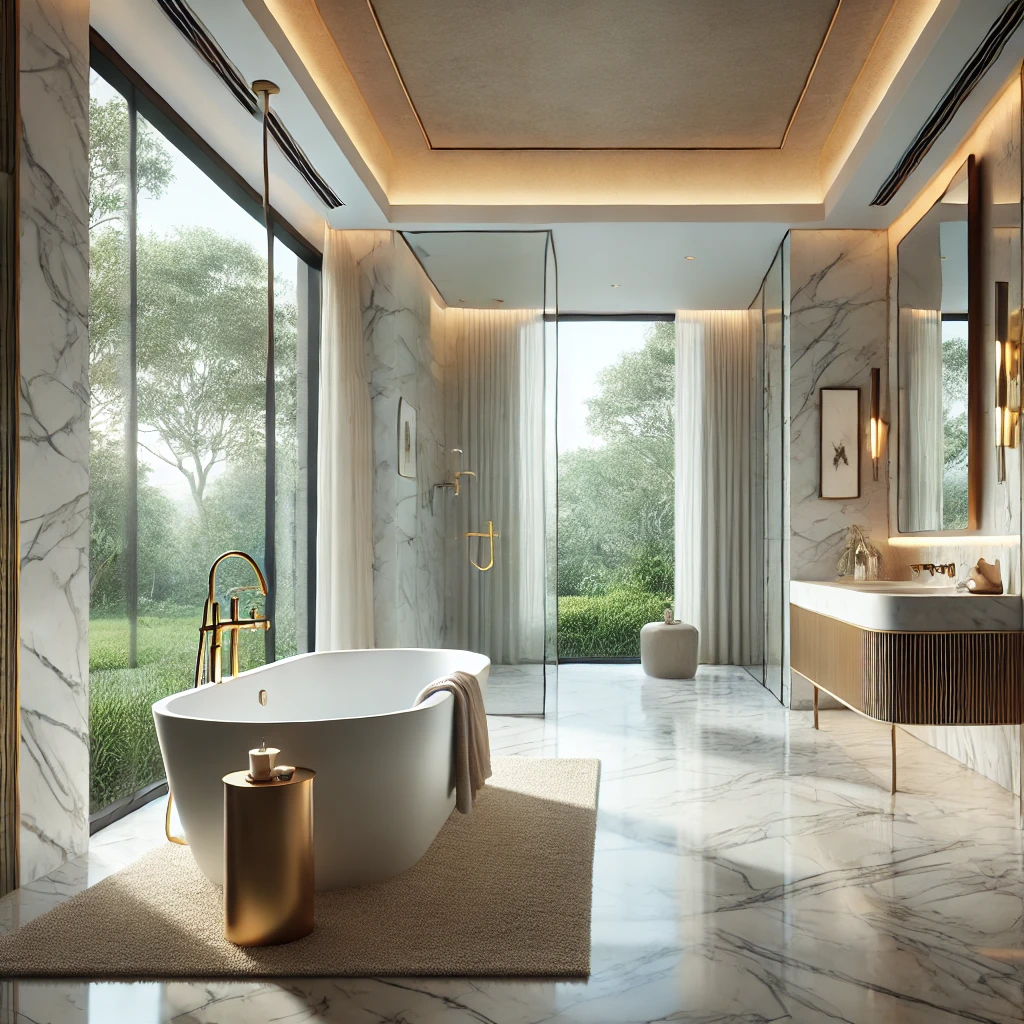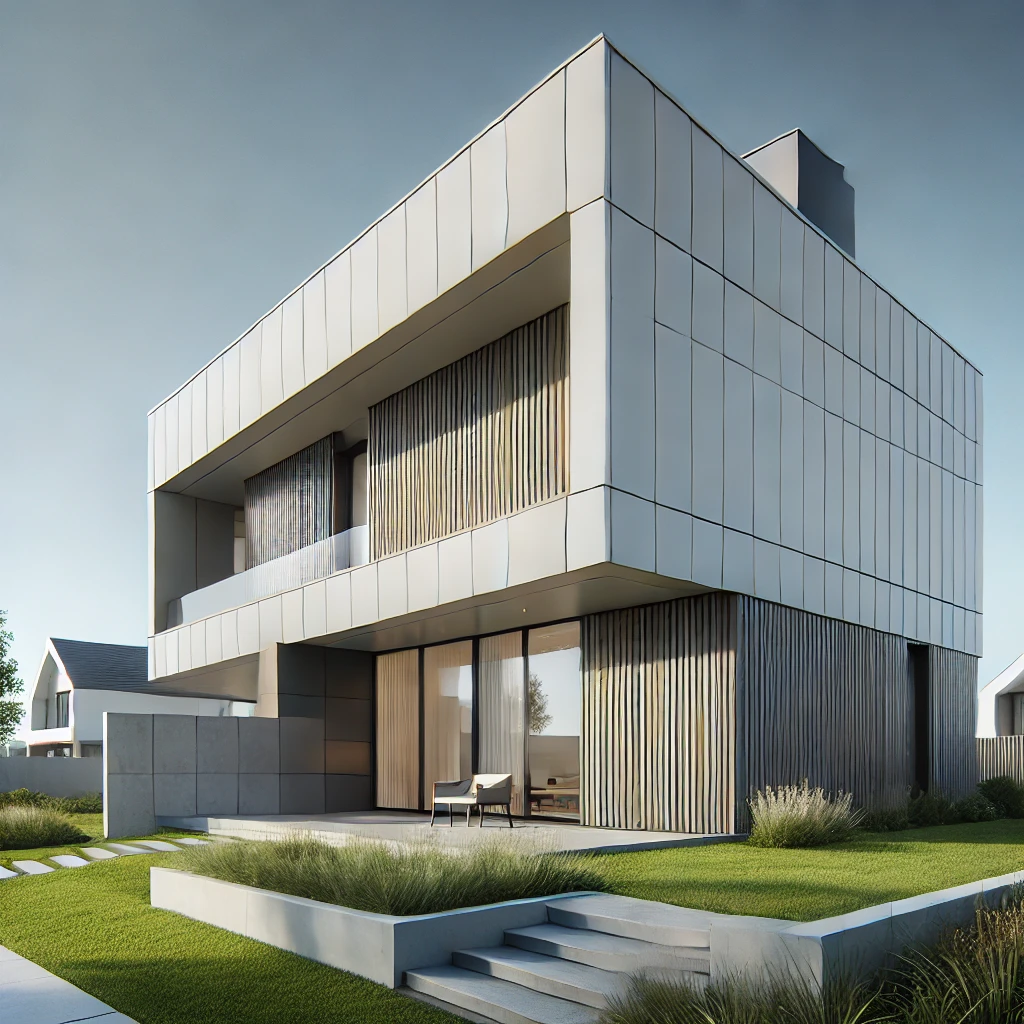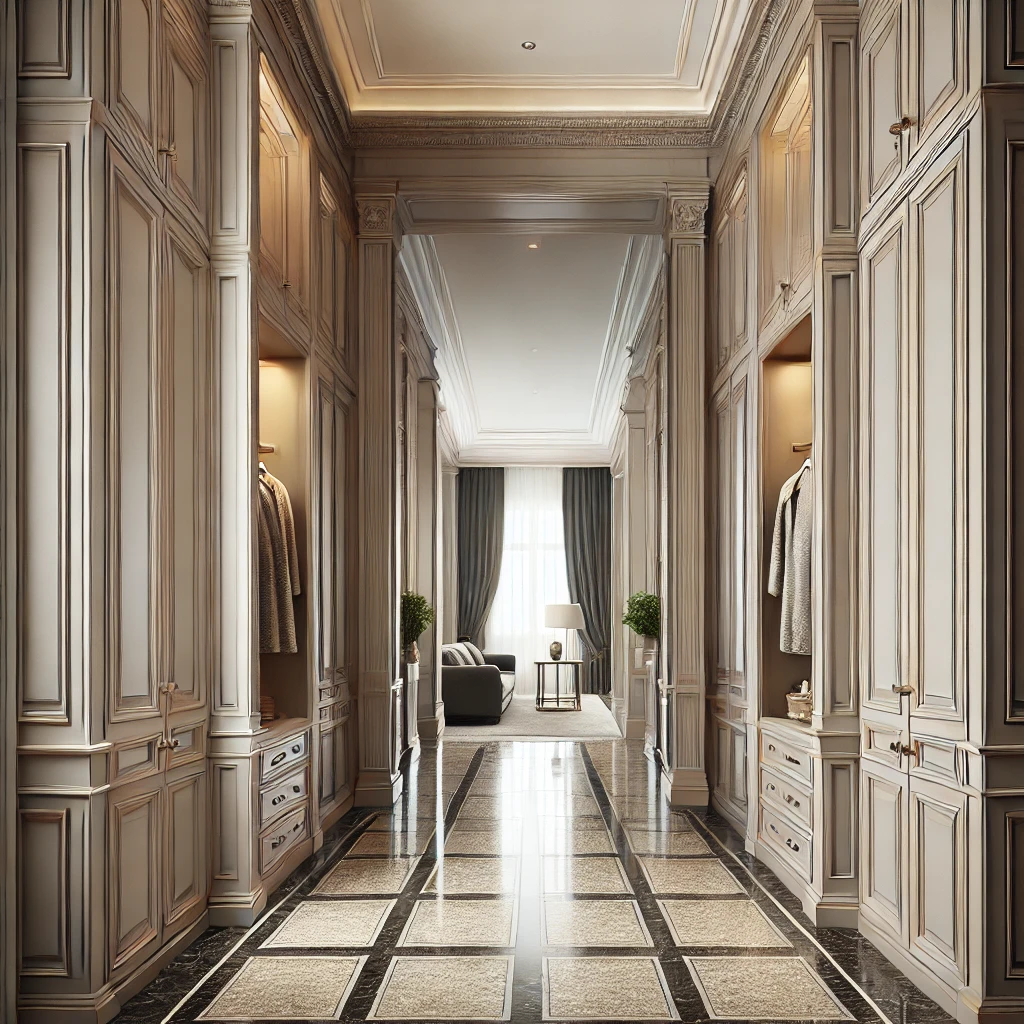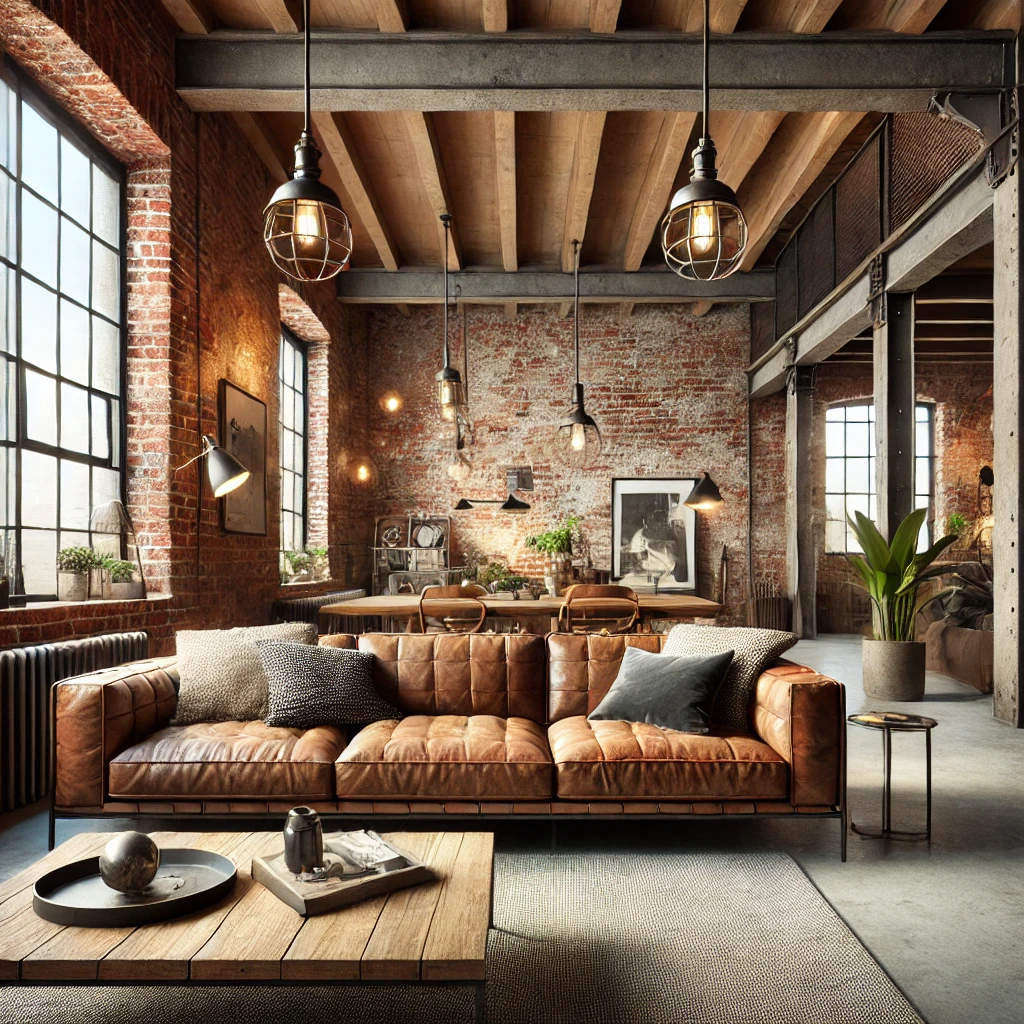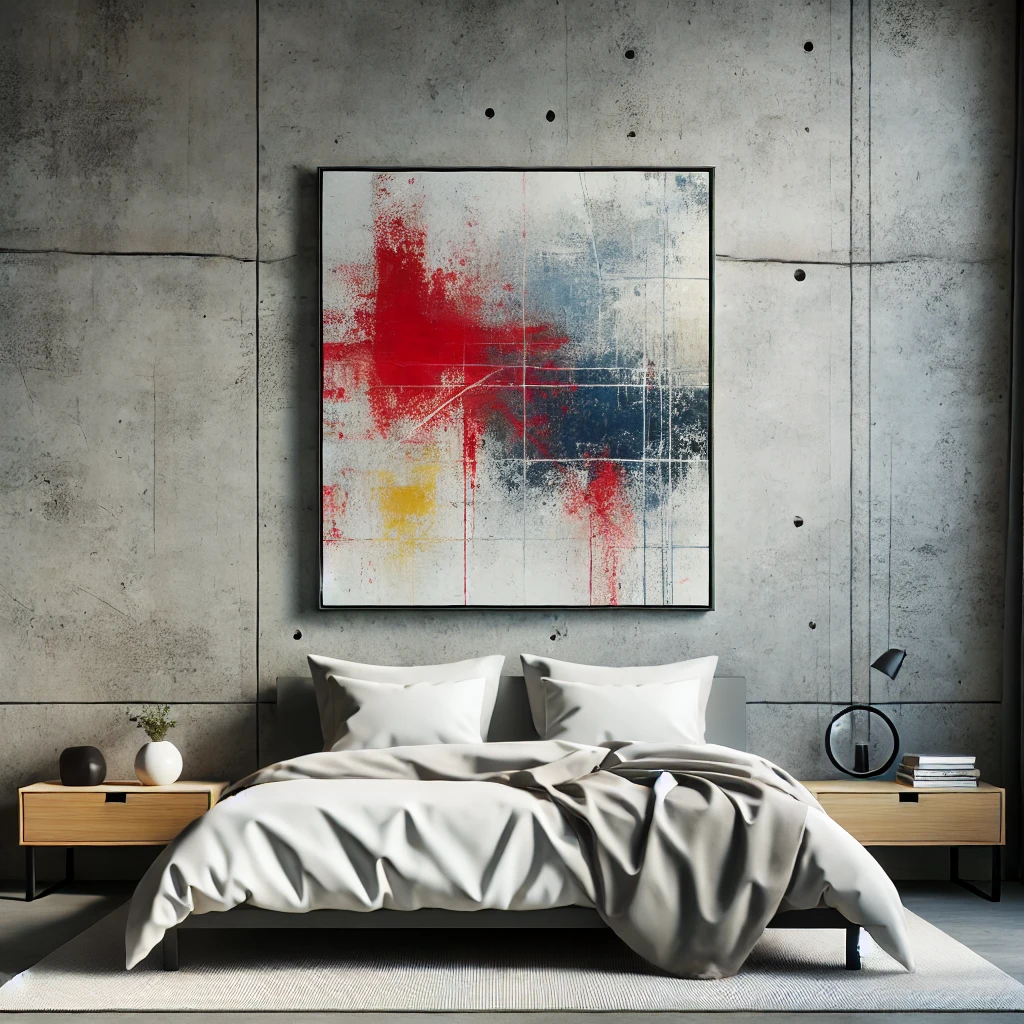Limewash, White Wash, and German Schmear – How to Choose?

Introduction
If you’re looking to refresh the look of your home, you might come across terms like limewash, white wash, and German Schmear. Each of these techniques offers a unique look and requires different application methods.
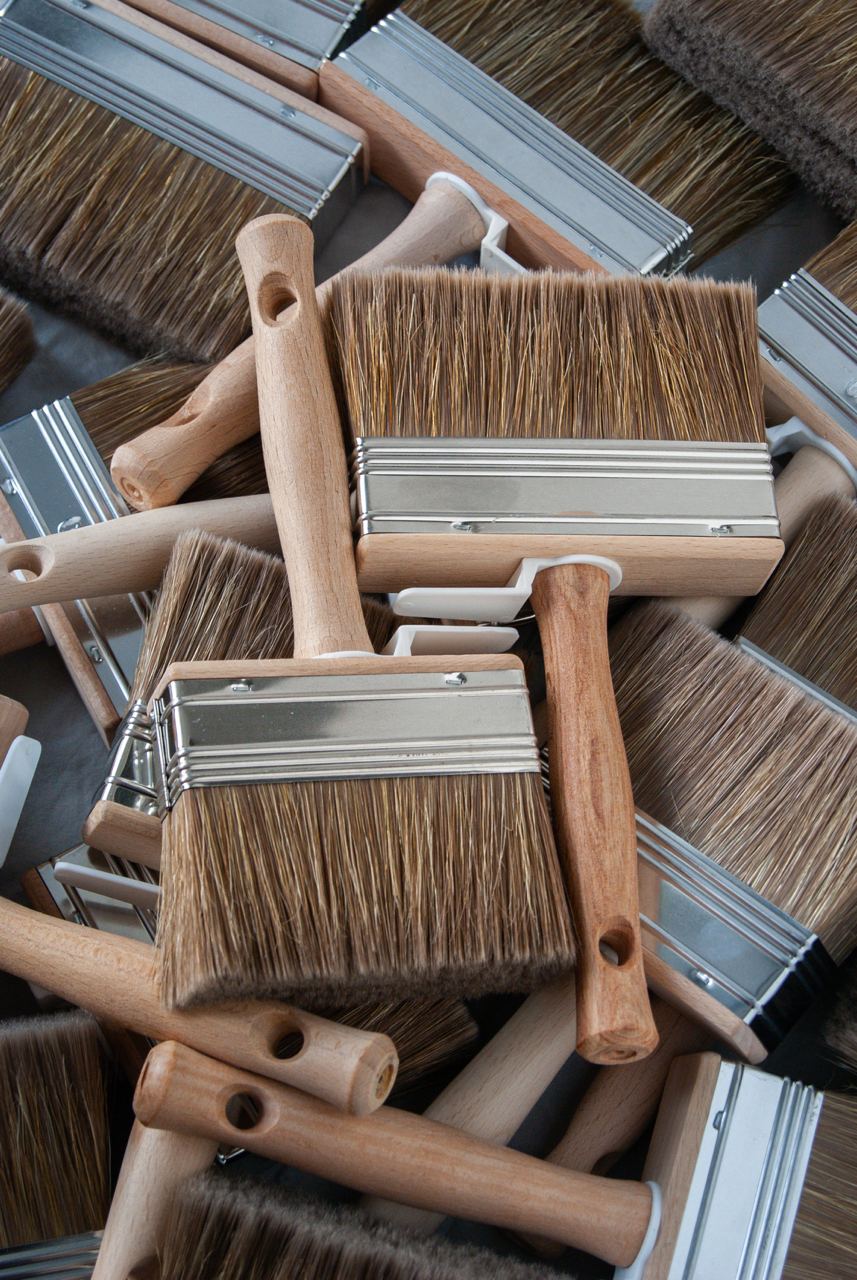
Limewash – Natural Elegance
Limewash is a mixture of slaked lime and water, giving surfaces a soft, chalky appearance. It is a natural and eco-friendly choice, ideal for those who want a subtle, antique look. Limewash has been used for centuries and is known for creating surfaces that “breathe,” which is beneficial for old buildings. Additionally, limewash can be tinted with natural pigments, offering a wide range of color options.
Benefits of Limewash
- Natural and eco-friendly material
- Breathable coating that prevents moisture buildup
- Easy to apply and renovate
- Color customization with natural pigments
- Longevity and low maintenance cost
White Wash – Freshness and Brightness
White wash involves diluting paint with water and applying it to a surface to achieve a transparent, milky appearance. This method is popular in rustic and Scandinavian styles. White wash can be applied to various surfaces, such as wood, brick, and stone, making it a versatile solution for different interior projects. The final effect depends on the paint-to-water ratio, allowing for great flexibility in achieving desired results.
Benefits of White Wash
- Easy application
- Ability to achieve different effects by adjusting the paint-to-water ratio
- Great for brightening dark surfaces
- Usable on various materials
- Economical and easy to maintain
German Schmear – Rustic Charm
German Schmear is a technique that involves applying mortar to bricks and then partially washing it off to create an uneven, textured look. This style is perfect for creating rustic and cozy interiors. German Schmear can be adapted to different types of bricks, allowing for a range of visual effects, from subtle to highly contrasting.

Benefits of German Schmear
- Durability and strength
- Unique, handmade appearance
- Customizable effect to suit personal preferences
- Enhanced wall texture
- Weather resistance
How to Choose the Right Technique?
Choosing the right technique depends on several factors, such as the type of surface, the desired look, and preferences regarding durability and maintenance. Before making a decision, carefully consider each aspect to achieve the desired final result.
Type of Surface
Not every technique is suitable for every type of surface. For example, limewash works best on porous surfaces like brick or plaster. White wash is more versatile and can be used on both wood and brick. German Schmear is ideal for bricks but can be more challenging to apply on other materials.
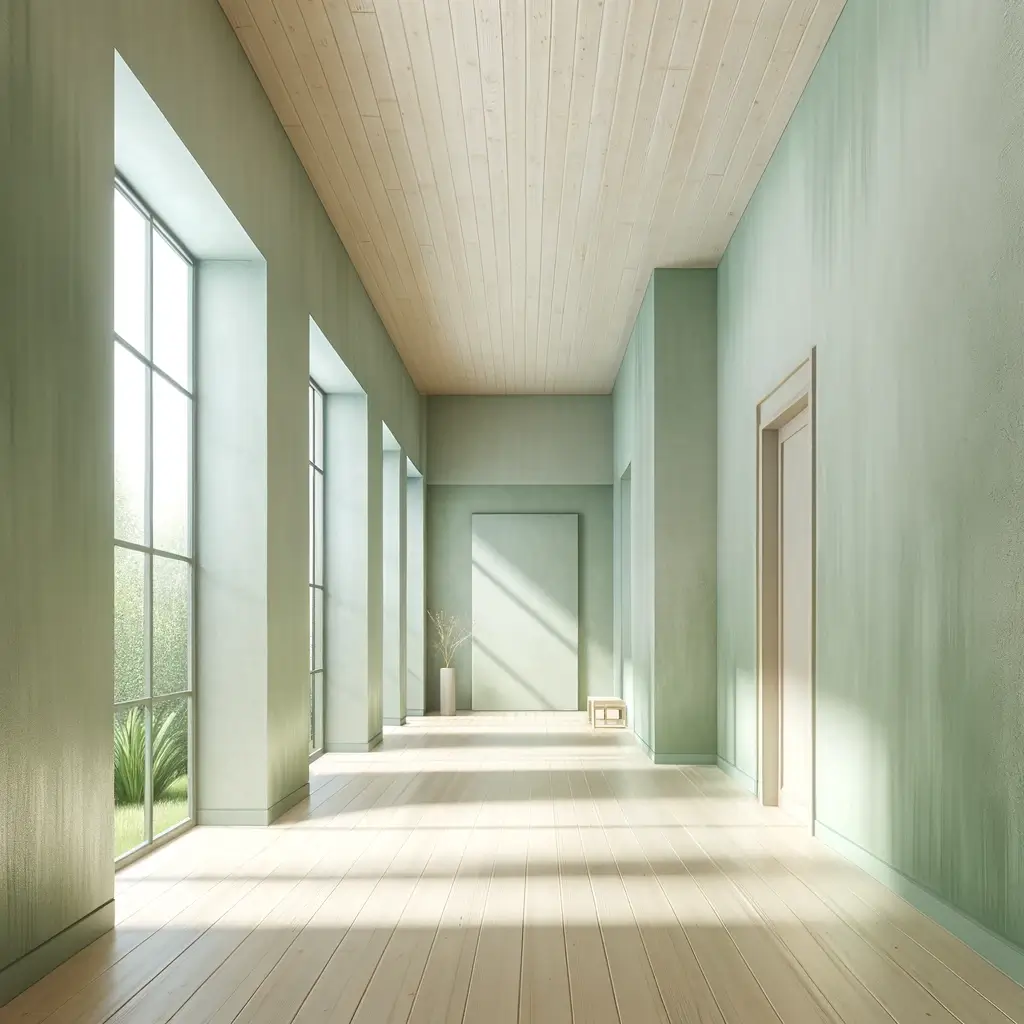
Desired Look
Each of these techniques offers a unique appearance. Limewash provides a soft, chalky effect that adds subtle elegance to surfaces. White wash creates a transparent, milky look, perfect for brightening interiors. German Schmear gives walls a rustic, textured look that can add warmth and character to your space.
Durability and Maintenance
Durability and maintenance needs vary depending on the chosen technique. Limewash is durable and requires little maintenance but may need refreshing every few years. White wash is easy to apply and renew but may need more frequent maintenance, especially in moisture-prone areas. German Schmear is very durable and weather-resistant, making it an excellent choice for exterior applications.
Examples of Use
To better understand which technique will work best for you, consider a few example applications.
Limewash in Practice
Used on exterior home facades, limewash can give a building a classic, European look. Interiors finished with limewash have a soft, inviting atmosphere that promotes relaxation.
White Wash in Practice
White wash is often used in Scandinavian style, where bright, light-filled interiors are key. It is also popular in rustic style, where it adds lightness to heavy, wooden furniture.
German Schmear in Practice
German Schmear works best in rustic interiors, giving them an authentic, farmhouse character. It is an excellent choice for fireplaces, accent walls, and exterior home facades that you want to give a unique, historic look.
Tips and Advice
- Test the technique on a small area before applying it to the entire wall to ensure you like the effect.
- For limewash, ensure proper surface preparation to provide good adhesion.
- When applying white wash, control the paint-to-water ratio to achieve the desired level of transparency.
- With German Schmear, experiment with the amount of mortar and washing technique to get a unique look.
Conclusion
Choosing between limewash, white wash, and German Schmear depends on the style you want to achieve and the characteristics of the surface you want to cover. Each of these techniques has its unique advantages and can add exceptional character to your home. Limewash offers a natural and breathable finish, white wash brings freshness and brightness, and German Schmear adds rustic charm. Consider the effect you want to achieve and choose the technique that best meets your expectations.



